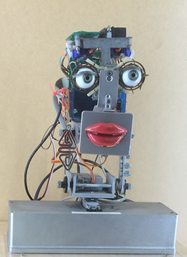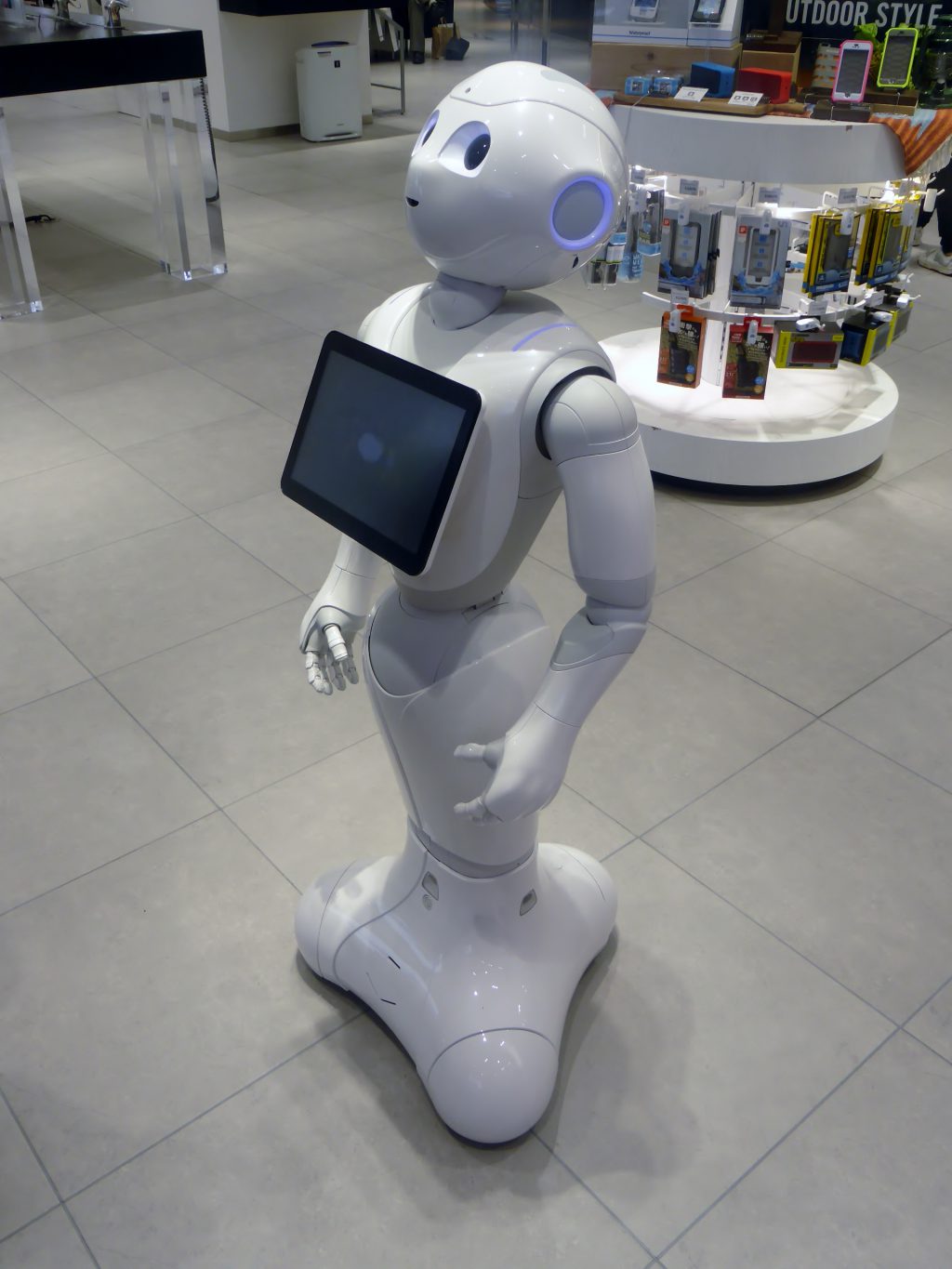During the summer of 2018, I went to the Life Science Centre in Newcastle and was lucky enough to see a national touring exhibition about robotics and robots. The exhibition focused on the changing technology used in programming, creating and using robots.
Here are my three favourite robots:
ADA Hand
This robotic hand was designed in the UK in 2016. It is made from 3D printed components. Open Bionics founder Joel Gobbard first started designing 3D printed robotic hands in his bedroom as a university student. Today, his company creates affordable and open source 3D printed bionic hands for people with amputations as well as for other robots.
Inkha

This robotic receptionist was designed to greet visitors at King’s College London, responding to questions offered up through a connected touchscreen. From 2003 until 2015, Inkha gave directions, information and attitude. Inkha was built by Matthew Walker and Peter Longyear in the UK in 2002. Walker gave Inkha a personality, using its camera to help it dish out fashion advice, and act bored whilst waiting for someone to interact with it. He successfully built a lifelike robot that people could interact with and have fun with.
Kaspar
Kaspar is one of the first humanoid robots created for children who have an autism spectrum condition. This group of children can find it difficult to read other people’s facial expressions and emotional states, or interpret their behaviour. Kaspar acts as a social mediator. It is designed to engage this group of children in games where they can interact with other people and communicate. In playing with the robot, children build up their confidence to socialise with others.
Robotics in the next 5-10 years
The pace and scale of change in the development of robotics is predicted to move really quickly over the next 5-10 years. Here are a few things we may see:
- Deliveroo /Amazon delivery drivers replaced by drones or robots.
- Experts predict that we will see a big rise in robotic systems in hospitals across the UK within the next 5 to 10 years. So a robot could be your next surgeon!
- More Virtual Assistants used by companies in the form of Chatbots. This may make it easier and faster than a phone call to a call centre.
- As we start applying for jobs we may have more interaction with robots.
- More use of robots in factories to carry out tasks – robots are being used by the new Boeing factory in Sheffield to bring parts from the store to the engineers.
- Humanoid robots means we may see more ‘front of house’ jobs like receptionists carried out by robots.
